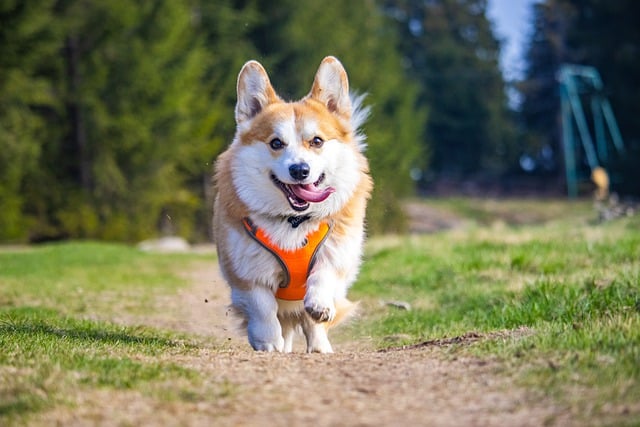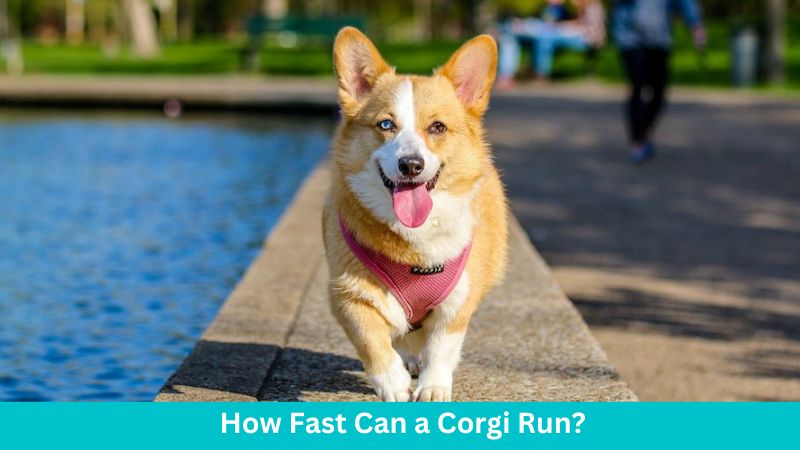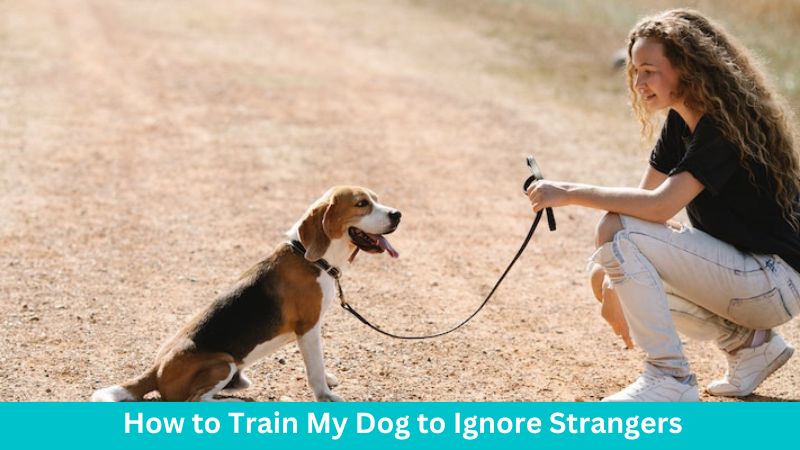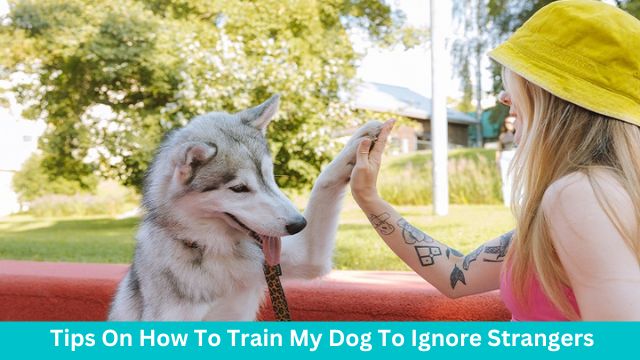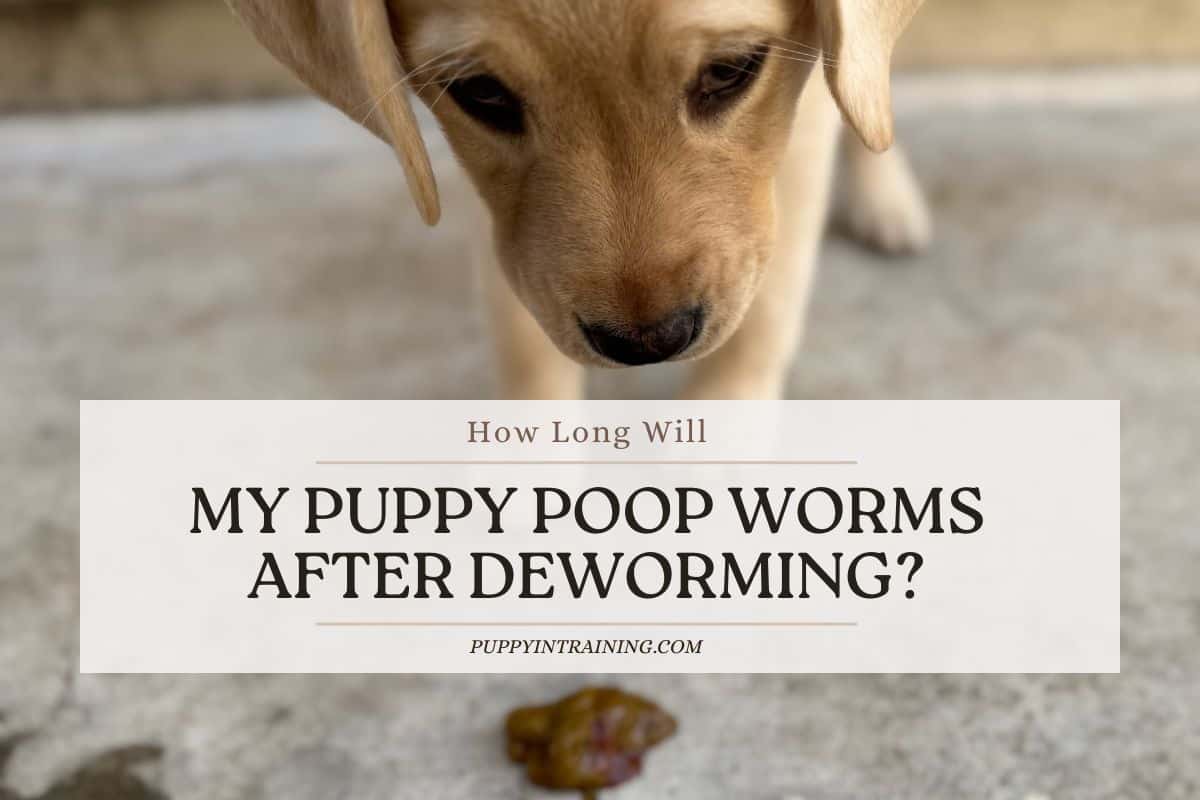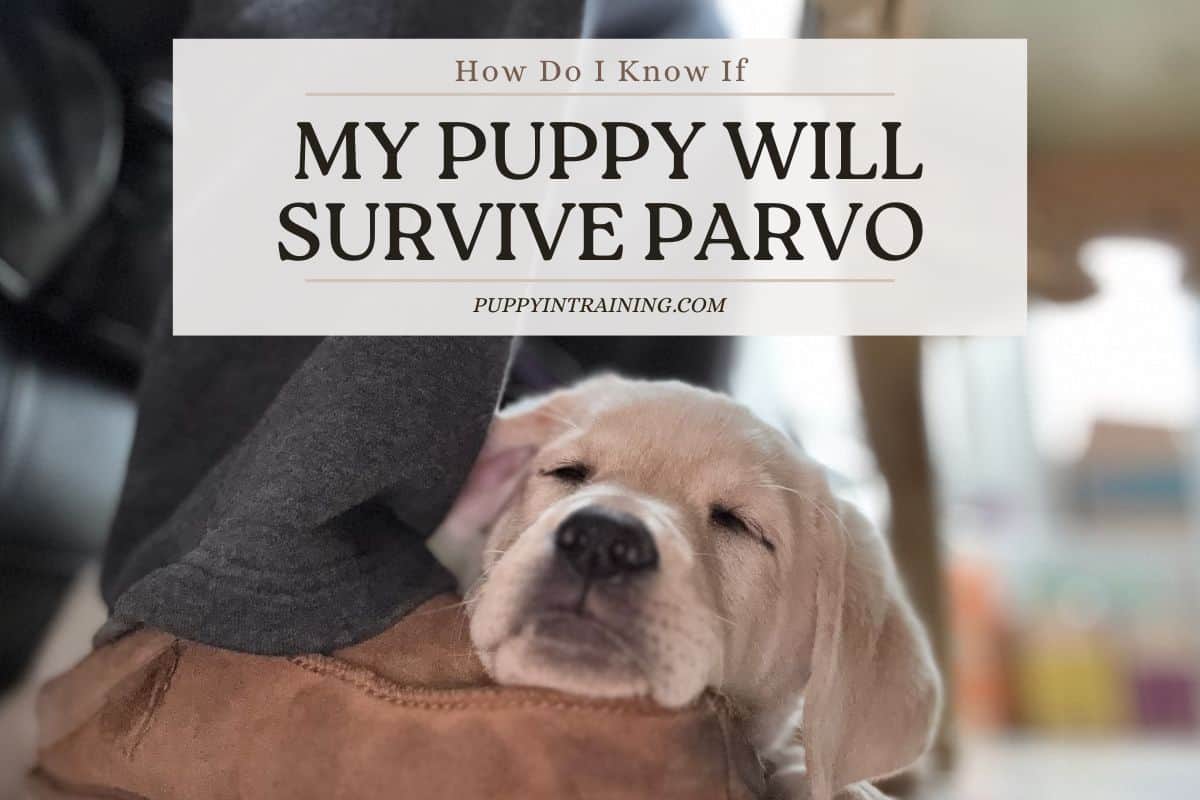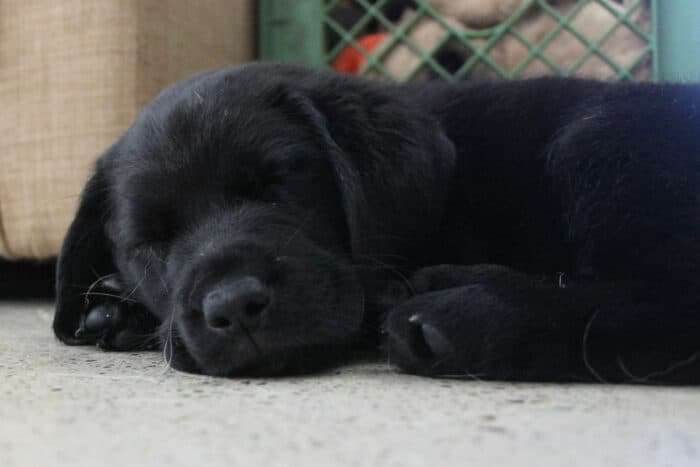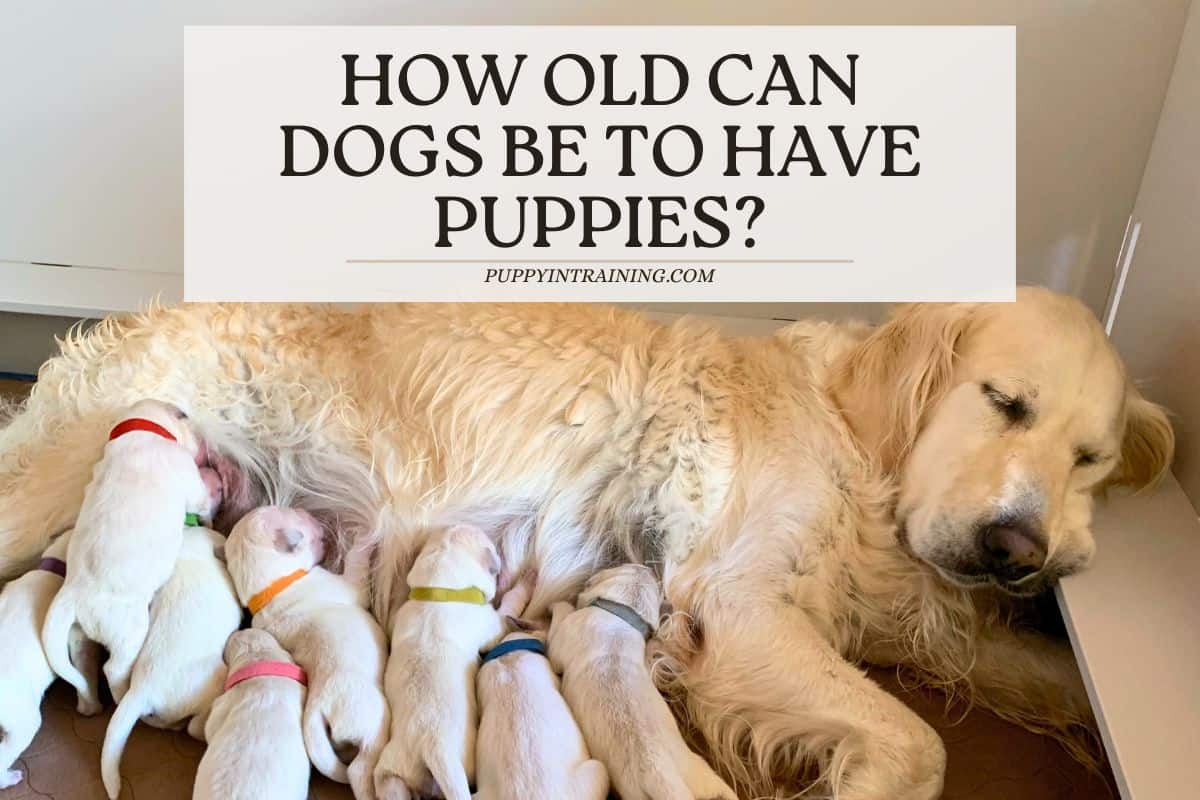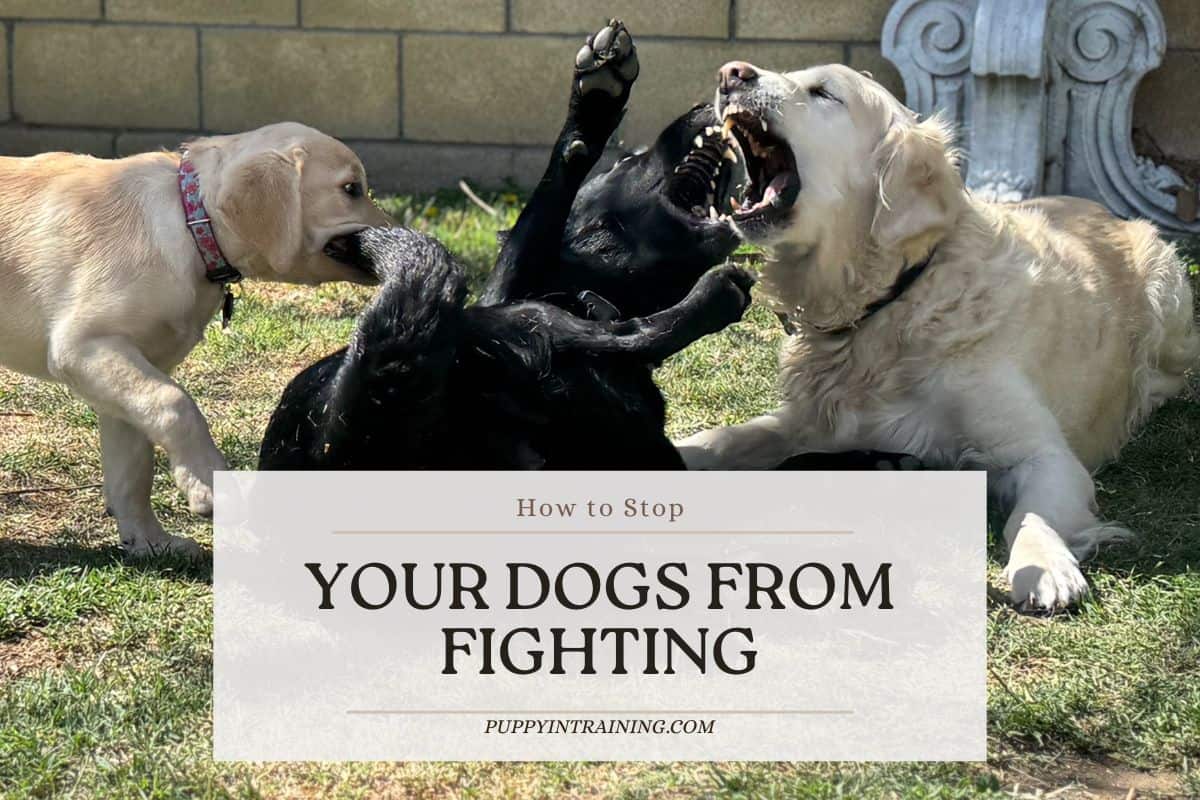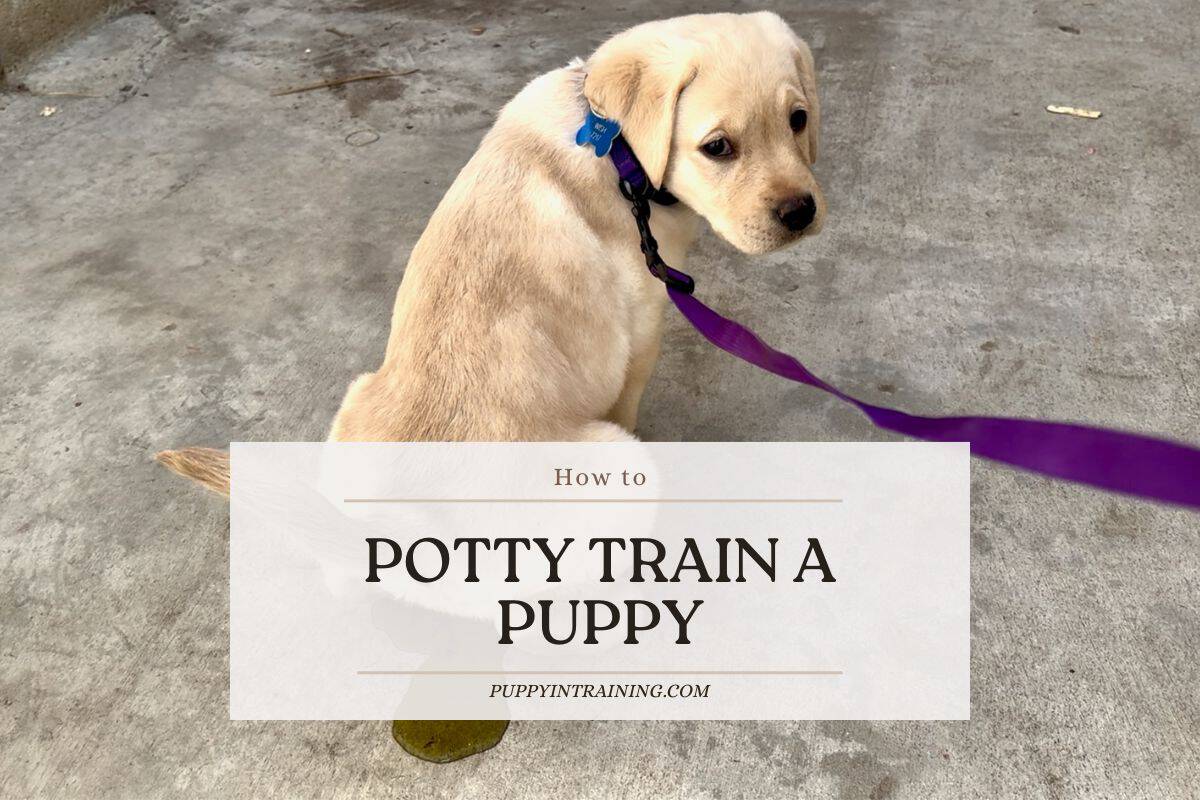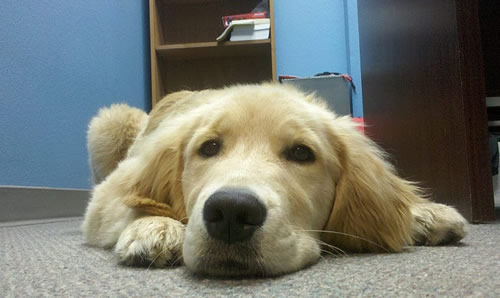This post may contain affiliate links. We may earn money or products from the companies mentioned in this post.
Your two dogs seemed to get along so well. But now all of a sudden they seem to hate each other.
Max attacks Bailey periodically. And your household is very stressful now.
This is not totally uncommon. In fact, a few days ago I got an email addressing this very issue:
We got our puppy potty trained, crate trained, obedience trained, but now he’s attacking and fighting with my older dog. I never thought this would be an issue. I thought my dog’s would be best pals, but now I’m looking for tips on how to stop dogs from fighting. What should I do?
—C.C.
It’s important to discover why the fights are occurring so that you can attempt to fix the problem.
In this article, I’ll discuss why dogs may fight as well as how to prevent it. Also, I’ll deal with what to do if a fight occurs.
It’s important to prevent fights from occurring, if possible.
Why Household Dogs May Fight
There are many reasons why dogs in the same household fight. Even dogs who have been together for a while may start to fight.
When a new dog joins the family, there’s always a period of adjustment. Sometimes fights break out for various reasons.
As the stress increases in a dog’s life, fights are more likely to occur.
The following are some of the likely reasons dogs in the same household may fight.
To Maintain the Hierarchy
In the wild, there’s a separate hierarchy for male and female dogs. In our homes too, there’s a greater likelihood of fighting between dogs of the same sex.
There’s also a greater likelihood of non-neutered dogs fighting each other.
1. Guarding Their Owner
Dogs may guard many resources. Resources include things that are valuable to the dog.
Of course, we’re a very valuable resource to our dogs. We give them attention, feed them, walk them, play with them, train them, take them out to socialize them and give them great treats and chews.
So some dogs guard their owners and the space around them.
When Fido in the same household gets too close to the owner, Max may attack. And Fido may fight back.
Both dogs–and the owner–may be injured in such a skirmish.
2. Guarding Other Resources
Some dogs guard other valuable resources against other dogs. Of course, food, treats, bones, and toys are seen as important to many dogs.
There’s also a threshold distance beyond which a dog won’t attack. However, if another dog gets too close, the dog with the bone will attack.
The distance at which a dog will attack varies by the dog.
3. Change in a Resident Dog’s Health or Age
Some dogs may sense that another dog in the household has become ill. And the healthier dog sometimes will attack the sick dog.
Another scenario is when a dog matures and challenges the older dog.
4. Changes in the Household or Routine
Any change in members of the family, such as when one leaves for college, can cause stress in a dog’s life.
Even changes in routines, such as when someone gets a new job, can be very stressful for a dog.
Some dogs find such changes very difficult and can’t adjust. As their stress level increases, so will their propensity to fight.
5. Changes in the Canine Social Group
When a dog leaves the home or a new dog joins, there’s a period of adjustment.
A more confident dog may have passed away and a new hierarchy is established between the remaining dogs. Or a new dog may challenge the established hierarchy.
6. Redirection When Dogs Become Overstimulated
Sometimes a dog will become too aroused by an event and attack whatever is nearby–including another resident dog.
Even though the stimulus is unrelated to the other dog, an attack can occur.
This can also happen when the owner or a visitor arrives or departs or even when the mailman delivers mail.
7. Underlying Anxiety
Some dogs with a stress or anxiety disorder may attack another dog when their stress crosses a threshold.
This can, for example, happen when a dog is noise-sensitive. Even though he may be alright with regular household noises, if a new noise–like that from a delivery truck–occurs, he may become overstimulated.
And he may attack a nearby dog.
Some dogs have separation anxiety and, because they are overly stressed when an owner departs, may attack another dog.
8. Improper Socialization
A dog who was improperly socialized may be more likely to attack another dog. He might not properly read another’s body language.
For example, the other dog may be enticing him to play. But the unsocialized dog reads it as an attempt to fight.
9. Play May Escalate
Sometimes dogs may be playing appropriately. Then, the play escalates. One dog becomes too rough. A fight may break out.
10. Enclosed Spaces
When reactive or overly-stimulated dogs are in enclosed spaces, like during a car ride, dogs may fight.
11. Social Aggression
In social aggression, neither dog will defer to the other. This is not dominance and isn’t dependent on the dog’s age or breed.
12. Reaction to a Shock Collar
A dog who’s shocked with a shock collar is a stressed dog. Whether the owner is shocking the dog or the dog is shocked on an invisible fence, he may fight with a nearby dog.
Not only is the dog stressed but he may also associate the pain with the nearby dog.
My husband was walking our rescued Lhasa apso Linkin when a pug attacked. Luckily, the dogs were separated quickly.
It turned out that the pug’s owner shocked the dog with an electric collar whenever a dog passed his home. He didn’t want the pug to leave his property.
Of course, there are better ways to keep your dog safe. And the fallout from the shock collar was obvious. The poor pug was very defensive against passing dogs.
13. Medical Reasons
Sometimes a dog may be in pain and, if the other dog gets too close or bumps into him, the dog in pain may attack.
There are many other reasons, such as a change in a dog’s thyroid levels, that can account for the way he behaves.
Warning Signs of a Fight
Read each dog’s body language. Of course, you have to look at the whole picture as no one sign necessarily indicates that a dog may fight. Separate them before things escalate to a fight.
Some of the body language that a dog shows prior to fighting:
- Growling
- Baring teeth
- Ears raised high
- Raised hackles
- Stiffened body
- Staring
- Mounting
The weaker dog may show signs of submission like tucked tail or flattened ears.
How To Prevent Fights
There are some measures you can take to help prevent fights. It’s better to prevent them than to have to stop them after they occur.
People and dogs can become injured when there’s a fight. Also, a dog will remember that he’s been attacked. It may be very difficult–if not impossible–for them to get along afterward.
I’ve had as many as seven dogs at the same time (a Belgian Tervuren shepherd, a shih tzu, a golden retriever, two Shih tzus, and two Lhasa apsos). Three of them (the golden and Lhasas) were rescue dogs.
It was quite a group with various natural instincts.
I always managed their environment and introduced a new member very carefully in order to avoid fights.
All play and interactions were observed. And if I saw that things started to get too rough, I would redirect the dogs to something else, like coming to me.
I don’t believe that dogs should “work it out.” There’s too much at stake. They may become severely injured.
A person attempting to break up a fight can too. And the dogs may never be able to live together again.
Depending on why they are fighting, there are various measures you can take.
Manage the Dogs’ Environment
If resources are an issue, you should do the following. Feed them separately. Give them high-value things like bones separately. Keep things that they’ll guard out of reach.
PRO-TRAINER TIP: In any case, when the situation cannot be managed successfully, it’s important to get professional behavioral help. Make sure to hire a behavior specialist who uses positive reinforcement and who has successfully managed such issues in the past.
I recommend getting professional help when a dog is guarding a person. It’s too dangerous to potentially have a fight between a dog with people nearby.
Also, don’t let dogs take bones or other desired objects from each other if there’s a chance they’ll guard them. They should have them separately as long as they don’t guard them against you.
Limit Rough Play
It’s great if your dogs play properly together. But don’t let things escalate to the point where a fight might occur.
Don’t let one dog mount another or get too rough pinning another. Even chase games can escalate when one dog reaches the other. And the chased dog may fight.
Train your dogs to come to you no matter what. A reliable recall is crucial. So, if you see things escalate, you can interrupt the play and praise and reward each dog with a small treat for coming to you.
Let the dogs settle down before allowing them to play again.
Redirect to something else to do if they’ve played long enough and are getting tired. A dog who is too tired will be more stressed and, therefore, more likely to fight.
Right now, I have a golden retriever, two shelties, an Aussie mix, and a Lhasa apso who all play together at various times.
They have different play styles and energy levels. I make sure I’m present and watch them playing.
If they’re getting too revved up or start to get rough, I call them over and praise and reward them. If I think they’ve played long enough, we stop and I redirect them to something else to do, such as a puzzle toy. Luckily, this group doesn’t guard objects.
Give Each Dog His Own Space
It’s important that each dog who has had disagreements has his own space. Usually, this is important for any dog so that conflicts don’t arise.
So give them individual crates and beds.
Encourage Calm Behavior
Calmly praise and reward calm behavior. At first, work with each dog individually. Work without distractions, then add them as the dog is able to handle them.
Then, once each dog understands what’s expected, you can work with them together.
I believe in teaching a “settle” command, in which the dog learns to settle and be calm on cue.
It also helps if you can send them each to a place individually, such as two beds on opposite sides of the room.
Choose Dogs of Opposite Sex
This is just a tip some people recommend. As a general rule, male and female dogs are more likely to get along than two dogs of the same sex will.
Of course, there are many variables such as the dog’s genetics and socialization that play a role in whether he’ll get along with another canine.
And, if you want more than two dogs, this isn’t possible.
Allow the Dogs To Have Some Down Time
It’s important for dogs to not always be “on.” They need rest and some time alone.
Giving them such time will help them not be stressed and will help prevent separation anxiety.
(If they already have separation anxiety, it’s important to deal with that issue separately.)
Obedience Training
It’s important for dogs to be trained. A trained dog has more confidence and understands what’s expected of him.
It can also help stave off any potential fights. You can call your dog to you. You can have him do a sit or down stay. Or any other behavior that helps him settle down.
Exercise
Exercise is important for all dogs. But it can also help to avoid fights between dogs.
A dog who’s too excited can go over threshold. Then, even if he doesn’t start a fight another dog may.
My Aussie mix puppy Millie is a very high-drive dog. So, before she plays with my four-year-old Lhasa apso Ralphie, I make sure she’s had a sufficient amount of physical exercise.
Otherwise, she’d be too much for him. But, once she’s played ball for a while, she’s not too rough for Ralphie and he enjoys playing with her.
So it’s important to give your dogs an appropriate amount of exercise for their age and breed.
Mental exercise is as important to help tire out your pup. You can teach your dog tricks or give them puzzle toys.
Walk Dogs Separately
Sometimes dogs fight when they’re walking together. They may be very excited and stressed by the sights and sounds around them. Some dogs redirect aggression at each other.
In those cars, either walk them separately or have two people walk them at a safe distance apart.
Of course, you can hire a professional behavior specialist to work with the issue.
Don’t Leave the Dogs Alone Together
If your dogs have already fought, do not leave them alone together, as they may fight.
Even if they’ve never fought, if a dog is a recent addition, you won’t know how they’ll get along. So, better safe than sorry.
Use Counter-Conditioning and Desensitization
You want to change the opinion of the dogs towards each other. They should see each other and think that great things happen when the other appears.
That is, they get a great treat like a flow of pieces of chicken, when the other appears.
You can be in place with one dog on a leash. I recommend putting each dog in a well-fitted harness for this exercise because a tight collar can convey that something’s wrong.
Then, a helper appears with the other dog at a distance at which neither is reactive.
Pro-Trainer Tip: Use only very high-value treats for these exercises. Small pieces of chicken, hot dogs, Crazy Dog Training Treats, or cheese are great for this, as most dogs find them highly desirable. Use these treats only for these behavior management exercises.
When the dogs notice each other, they get a constant flow of the treat.. Then the dog with the helper goes out of sight and the treats stop.
Alternatively, the first dog can go out of sight and the dog with the helper remains.
Do this training exercise for a very short time, such as 20 seconds a time. Do three repetitions in each session.
If either dog goes over threshold and becomes reactive, end the session. Next time, do a shorter session or at a greater distance from each other.
Make sure that the dogs have received a sufficient amount of exercise before doing these behavior exercises.
Over time, you can decrease the distance between them if the behavior modification is successful.
Engage in Enjoyable Activities Together
It’s important that the dogs have positive opinions of each other. So have them engage in safe, enjoyable activities together.
If they enjoy walks, have a helper to walk one of the dogs. Walk them parallel to each other but at a distance where neither is reactive.
Block the Outside View or Sound
If your dogs tend to fight when looking out the window, block the view. Some dogs go over threshold when they see something outside the window.
Some get overstimulated when they hear outside noises. So play a television or radio or white noise machine.
Be Calm in the Dogs’ Presence
Dogs read our body language and scent. I know it’s difficult when you have two or more dogs who may fight, but, as much as possible, be calm.
And don’t use a high-pitched voice that may overstimulate the dogs.
Use Holistic Aids To Help Lessen Stress
There are many such devices you can use to help the dogs be calmer. There’s a product called Adaptil which comes in a plug-in or spray. The chemical in it is supposed to mimic the dog’s mother and can have a calming effect on dogs.
There’s also the Rescue Remedy in the Bach Flower Essences that can be put in a dog’s water or on something you give him to eat or on his tongue. This also may help de-stress a dog.
There’s even a CD called Through a Dog’s Ear that has calming music that’s been studied to help relax dogs.
Check with your vet before giving any internal products.
Veterinary Check-Up
In any case, in which household dogs don’t get along, I recommend that they have a veterinary check-up to determine whether there’s any physical problem.
In addition to a check-up, your vet may want to run tests such as a full thyroid panel or bloodwork.
How To Break Up a Fight
If there’s any chance you’ll be injured, try to get help. I realize that in some situations this may not be possible. So have certain devices ready in case this may occur.
But be advised that no method is guaranteed to work. It really depends on the dogs involved.
And any method may backfire and the dogs may become more aggressive and even redirect aggression on the person attempting to break up the fight.
This is why I really recommend first cutting off any possible fights before they begin.
Use a Bucket of Water or a Hose
If the dogs start to fight, dousing them with water may break it up.
Use Something To Separate Them
Get anything handy like a trash can lid, a chair, or a broom to separate them if possible.
Make a Loud Noise
Sometimes making a loud noise will distract them and cause the dogs to separate.
You can bang pans together, ring the doorbell, blow a whistle, use an air horn, or slam a door.
Throw a Blanket Over Them
Sometimes this can cause them to separate. Some dogs will stop fighting if they can’t see the other dog.
Use a Spray Made For the Purpose
There are citronella sprays such as Direct Stop or Spray Shield that can help break up some dog fights. Or if you have pepper spray, that may work.
Separate Them If You Have Two People
This is a last resort, as the dogs and people involved are likely to be injured. I highly recommend the other methods and would not personally use this, though some trainers recommend it.
This is called the wheelbarrow method. Each person grabs one of the two dogs by his rear legs and lifts them up and apart.
Be aware that the dogs may turn on the people, with horrible consequences.
LAST RESORT: Rehome a Dog
If you’ve tried everything but your dogs still can’t get along, you may want to consider rehoming one.
I know that this is a horrible thought. The dogs are our family.
But if you are unable to manage the situation and the dogs fight, each dog lives a very stressful life. They may also become severely physically injured.
I rarely recommend this, as the situation can often be managed. But, in some cases, rehoming may be the kindest thing for everyone involved.
What Should You Do After a Fight?
Calmly remove the dogs to separate safe places.
If they know obedience commands, tell them to go to their crate or bed. Or have one in a sit or down stay while you lead the other to another location.
Check for Injuries and take the dogs to the vet if they’ve been injured. Note that some injuries may be internal and not visible.
What NOT To Do: DON’T TRY THIS AT HOME
The relationship between our dogs can be very complex at times. We need to learn what their interactions and body language mean so that we can manage their interactions.
It’s best to separate dogs before they go over threshold and fight.
There are some things that should not be used because of the risk of injury. Also, many of them don’t work and can make the situation worse.
Don’t Suppress a Growl
Even when you see one of your dogs growling at another, it’s best to redirect them away from each other.
Call one over to you. Send them to their individual crates or beds. Do whatever you can do to calmly separate them.
If you suppress a growl or other sign of aggression, it won’t change the dog’s mindset. Instead, it will teach him not to express a warning before he attacks.
Don’t Try To Pull Them Apart
Generally, doing so can cause grave injury to the dogs and the person attempting to separate them.
As stated above, some people recommend using the wheelbarrow method and have two people, each pulling one dog apart by their rear legs.
Some people even attempt to pull the dogs apart by their tails.
But this can cause injury to the dogs if they continue to fight or they may turn around and redirect their aggression on the people attempting to separate them.
Don’t Reach in and Attempt To Separate The Dogs
Even though we may instinctively want to do so, it can result in serious injuries.
Also, of course, no one should put his face near dogs fighting as can occur when attempting to separate them.
Don’t Use A High-Pitched, Excited Voice
Using a high-pitched voice or scream will probably over-stimulate a dog, leading to or escalating a fight.
Don’t Let the Dogs “Work It Out”
Years ago, people used to believe in letting dogs fight to work it out between them.
This is dangerous for both dogs and for nearby people.
Also, the dogs may never get along after such a fight.
Final Thoughts
It’s better to prevent fights than to intervene when one occurs.
Read each dog’s body language and calmly separate them before things escalate.
Obedience training and behavioral work are important in maintaining a peaceful household.
If a fight has occurred, attempt to break it up safely, such as by dousing the dogs with water or making noise.
I recommend hiring a behavioral expert to work this very serious issue through.
Have you dealt with your dog’s fighting?
If so, what did you do?
Tell us about your experience in the comment section below.
Save To Pinterest
UPDATE: This post was originally published on June 26th, 2021. We periodically update blog posts with new experiences and information to keep them as relevant as possible.
Top Picks For Our Puppies
- BEST DOG CHEW
We Like: Beef Collagen Sticks – All of our pups love to bite, nip, and chew. We love using Collagen Sticks to help divert these unwanted behaviors.
- BEST PUPPY TOY
We Like: Calmeroos Puppy Toy w/ Heartbeat and Heat Packs – Perfect for new puppies. Helps ease anxiety in their new home.
- BEST DOG TREATS
We Like: Crazy Dog Train-Me Treats – We use these as our high-value treats for our guide dog puppies.
- BEST FRESH DOG FOOD
We Like: The Farmer’s Dog – A couple months ago we started feeding Raven fresh dog food and she loves it! Get 50% off your first order of The Farmer’s Dog.
Check out more of our favorites on our New Puppy Checklist.
